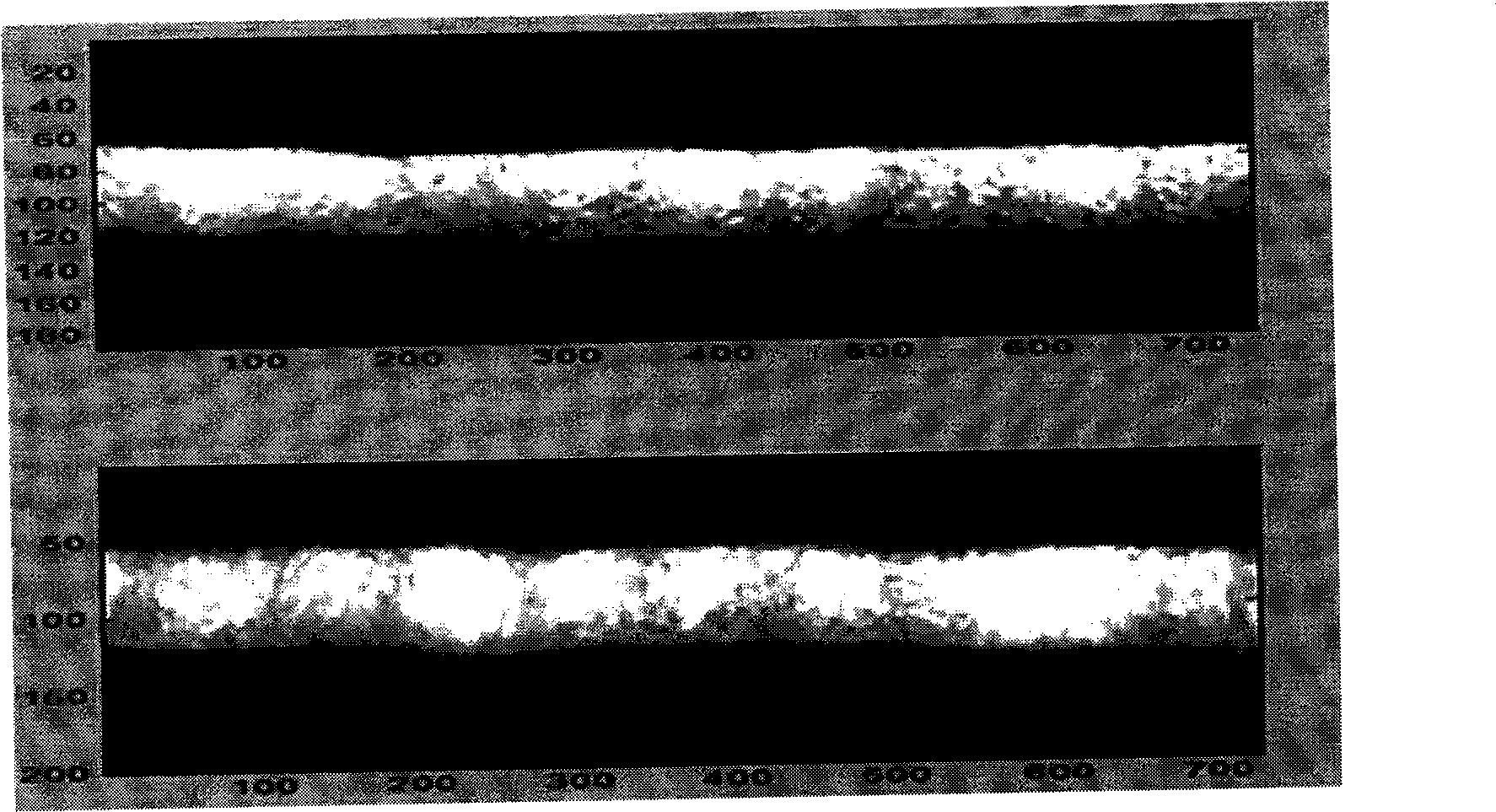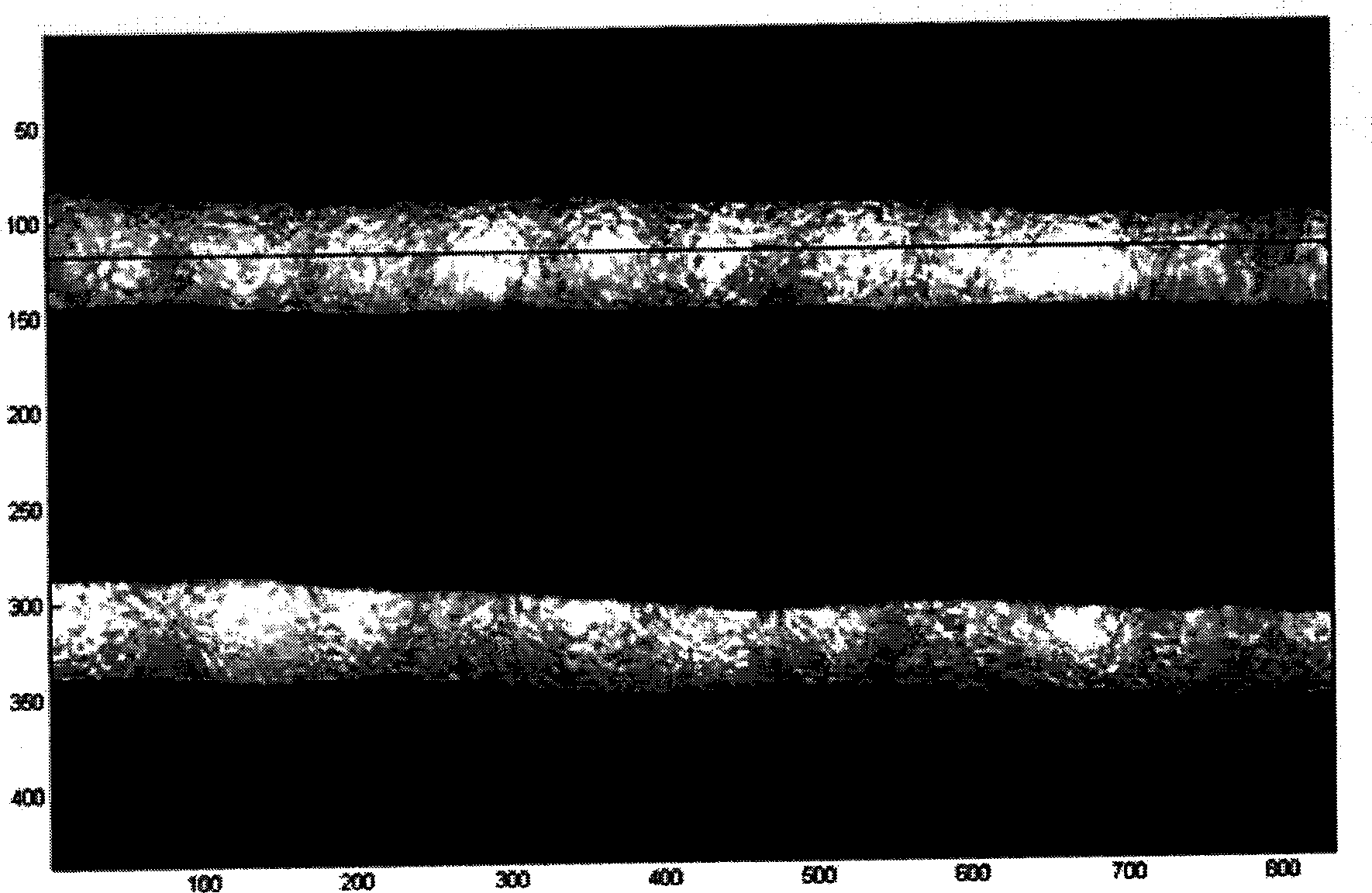Method for detecting surface orange by analyzing intensity images of shadows formed on surface of object by light source
A technology of object surface and brightness image, which is applied in the field of orange peel quality detection on the surface of high gloss materials and brightness image detection surface orange peel, can solve the problems of high hardware and detection environment requirements, high cost and other problems, and achieves fast detection speed, less demanding effects
- Summary
- Abstract
- Description
- Claims
- Application Information
AI Technical Summary
Problems solved by technology
Method used
Image
Examples
Embodiment Construction
[0032] The present invention will be further described in detail below in conjunction with the accompanying drawings and embodiments.
[0033] Concrete steps of the present invention are:
[0034] Step 1: Image Acquisition:
[0035] The light source and image acquisition components are fixed in a black box to form a set of image acquisition equipment. There are two upper and lower rectangular slits on the surface of the black box, and an image acquisition hole is formed between the slits, in which image acquisition components, such as CMOS / CDT lenses or sensors, are built. The black box has two built-in light strips composed of several standard LED light sources, and a diffuser is placed between the light strips and the slit. When the LED light strip is turned on, the light emitted by it passes through the diffuser and the slit to form two uniform rectangular light strips. At this time, the rectangular light band illuminates the surface of the object, and the two-dimensiona...
PUM
 Login to View More
Login to View More Abstract
Description
Claims
Application Information
 Login to View More
Login to View More - R&D
- Intellectual Property
- Life Sciences
- Materials
- Tech Scout
- Unparalleled Data Quality
- Higher Quality Content
- 60% Fewer Hallucinations
Browse by: Latest US Patents, China's latest patents, Technical Efficacy Thesaurus, Application Domain, Technology Topic, Popular Technical Reports.
© 2025 PatSnap. All rights reserved.Legal|Privacy policy|Modern Slavery Act Transparency Statement|Sitemap|About US| Contact US: help@patsnap.com



